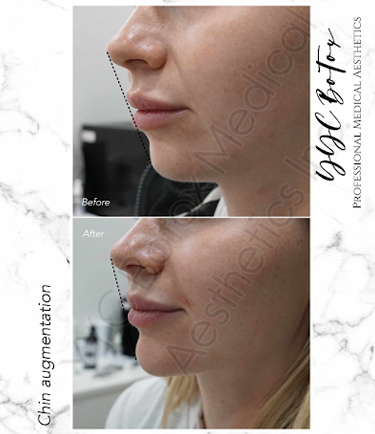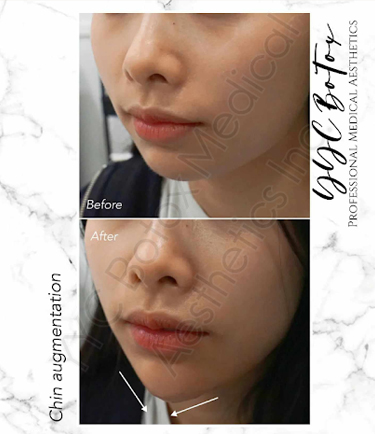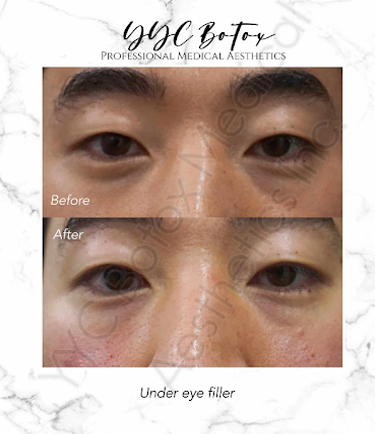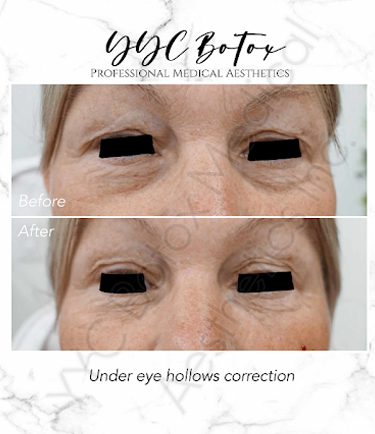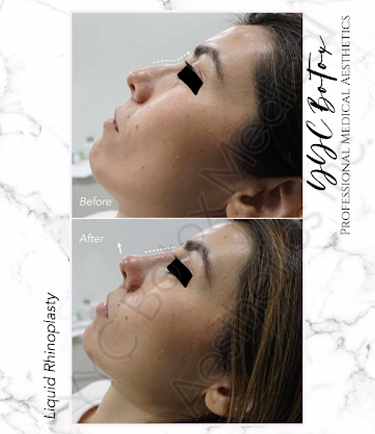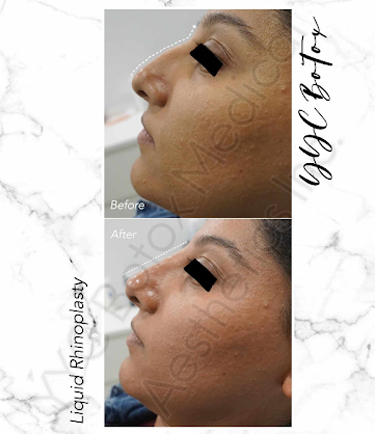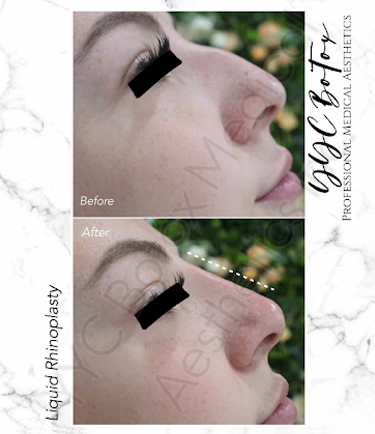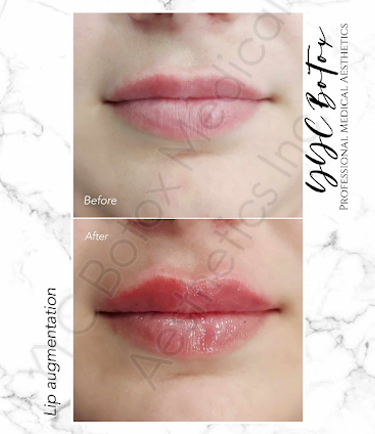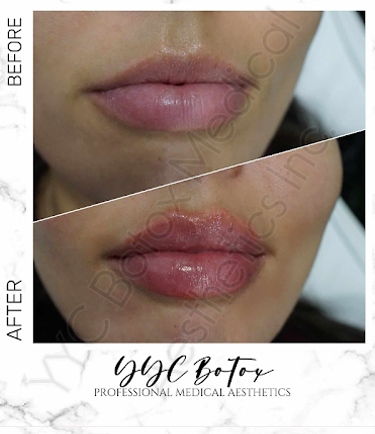Frequently Asked Questions About Fillers:
What are dermal fillers made of?
Dermal fillers, particularly those containing hyaluronic acid (HA), are Class III medical devices made from a gel-like substance. When administered by an experienced injejctor, they may be used to temporarily restore or enhance facial volume. Treatment suitability and results vary from person to person.
How do hyaluronic acid fillers work?
Hyaluronic acid fillers are designed to temporarily add hydration and volume to specific areas by using a gel-like substance that can hold water. This may help soften the appearance of lines or restore facial fullness. The effects and duration vary between individuals, depending on the type of filler used and the treatment plan.
What areas can be treated with hyaluronic acid fillers?
Hyaluronic acid fillers may be used in different areas of the face to help restore volume, soften the appearance of lines, enhance certain contours, or improve the look of some types of scars. Treatment goals and results vary between individuals, and a consultation is required to determine suitability.
Are hyaluronic acid fillers permanent?
No, hyaluronic acid fillers are not permanent. They are gradually broken down and absorbed by the body over time. The duration of effect depends on factors such as the type of filler used, the area treated, and individual metabolism. On average, results may last anywhere from several months up to about a year.
Are there any side effects?
Common side effects may include temporary redness, swelling, bruising, or tenderness at the injection site. These effects often improve within a few days, though experiences vary. Rare but more serious risks, such as allergic reactions or vascular complications, can occur. Your provider will review all potential risks and side effects with you during your consultation so you can make an informed decision.
Who is a good candidate for hyaluronic acid fillers?
Hyaluronic acid fillers may be considered by adults in good general health who wish to address concerns such as volume loss, lines, or facial asymmetry. However, treatment is not suitable for everyone. A consultation is required to assess individual suitability and discuss potential risks and alternatives.
How long does the procedure take?
The procedure generally takes about 15 to 60 minutes, depending on the areas being treated and the extent of the treatment. Actual appointment times may vary from person to person.
Is there downtime after the procedure?
Most patients are able to resume normal activities shortly after treatment. Some people may experience temporary swelling, redness, or bruising at the injection site. These effects vary in degree and duration from person to person. Your provider will give you post-treatment care instructions, including when it is safe to apply makeup.
Can fillers be dissolved if needed?
Yes, hyaluronic acid fillers can be dissolved with an enzyme called hyaluronidase. This option may be considered in cases such as asymmetry or other concerns. The use of hyaluronidase carries its own risks and must be assessed during a consultation.



